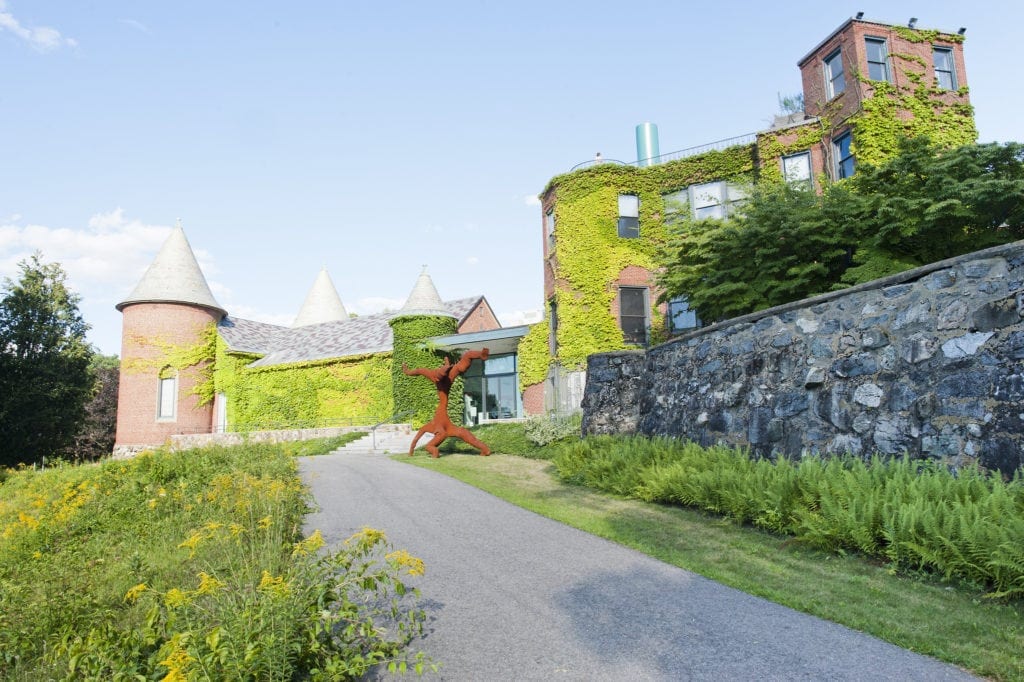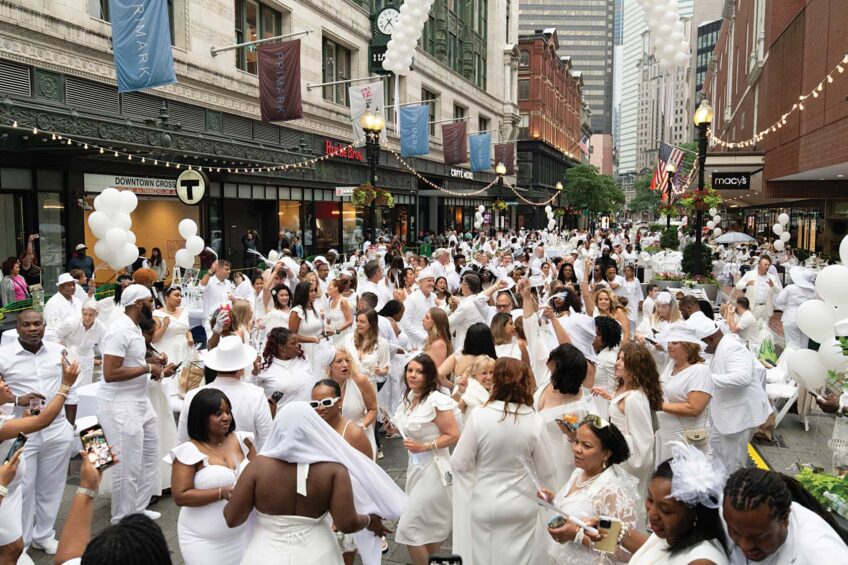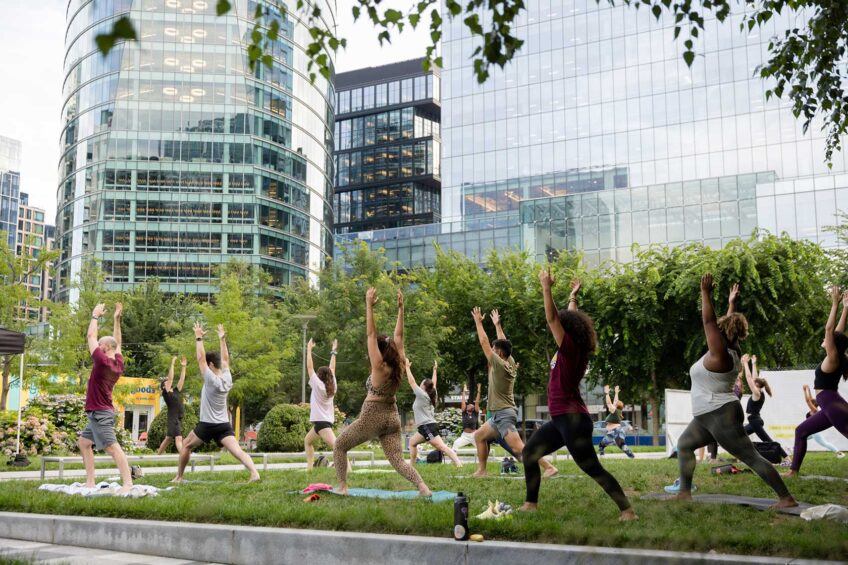deCordova Sculpture Park and Museum features modern and contemporary art in both indoor and outdoor settings

Located just 20 minutes outside of Boston, deCordova Sculpture Park and Museum features modern and contemporary art in both indoor and outdoor settings. Since its beginning in 1950, the museum has grown to host dozens of works on 30 acres.
And like any museum worth its salt, deCordova regularly treats visitors to fresh and exciting exhibits. We swung by for a look at some of the most recent additions.
It does bear mentioning, if you set off to see the new exhibits in Lincoln, Massachusetts, no one could blame you if you never actually make it inside. There’s just so much to divert your attention in the sculpture park that surrounds the museum.
We drove to this beautiful setting because we’d heard about Ian Hamilton Finlay, who combines poetry, garden design, sculpture, and bookmaking within his art. The Finlay exhibit is the first in the U.S. since the death of this Scottish artist, and it’s one of five new exhibits at deCordova.

Finlay and Dill Exhibits at deCordova Museum.

Finlay and Dill Exhibits at deCordova Museum.
Finlay, we’d heard, inscribes poetry into monuments and other sculptures. Similarly, Lesley Dill, whose exhibit opened in May and runs through mid-October, uses language, too, but she likes to integrate it with the human form. Using the words of writers like Emily Dickinson and Franz Kafka, she paints text onto bronze sculptures, stitches it into paper, and sculpts it in metal. Lines of text appear on disembodied heads, hands, and dresses, including in her work Hair Poem Dress (1993), a small dress made of horse hair, thread, and paper.
But, truth be told, it took us a long time to get to those. First, we just couldn’t help but start following Red, Yellow, and Blue, one million feet of painted, crocheted rope that winds through deCordova’s lawn, pathways, and hillsides. Originally on view in New York City’s Madison Square Park, Red, Yellow, and Blue is one of 60 sculptures that you can walk around—and sometimes through—on the deCordova’s hilly forests and fields overlooking Flint’s Pond. Another nearby sculpture is made out of steel and myrtle (the plant); others are bright colors and earth tones, metal and glass, bronze and pine, and eye-popping plastic and rubber.

Two Black Hearts Exhibit at deCordova Museum
Loping down the hills from one structure to another, we wondered if many people actually get inside before the sun goes down (the grounds are open 365 days a year, dawn to dusk), but we found that plenty do. The soaring, open galleries absorb art enthusiasts from all over eastern Massachusetts and well beyond.
Given what we’d already seen outside, we weren’t surprised to find the exhibits to be thought-provoking combinations of materials that were both graceful and original. Not wacky, but completely original. By combining words with various media, the artists literally spoke to us, a memorable experience and one that few, if any, other places can offer.
Susan Nicholl is Executive Director of the Metrowest Visitors Bureau. Previously, Susan has worked as a technical assistant consultant and management coach with a number of non-profit organizations.






